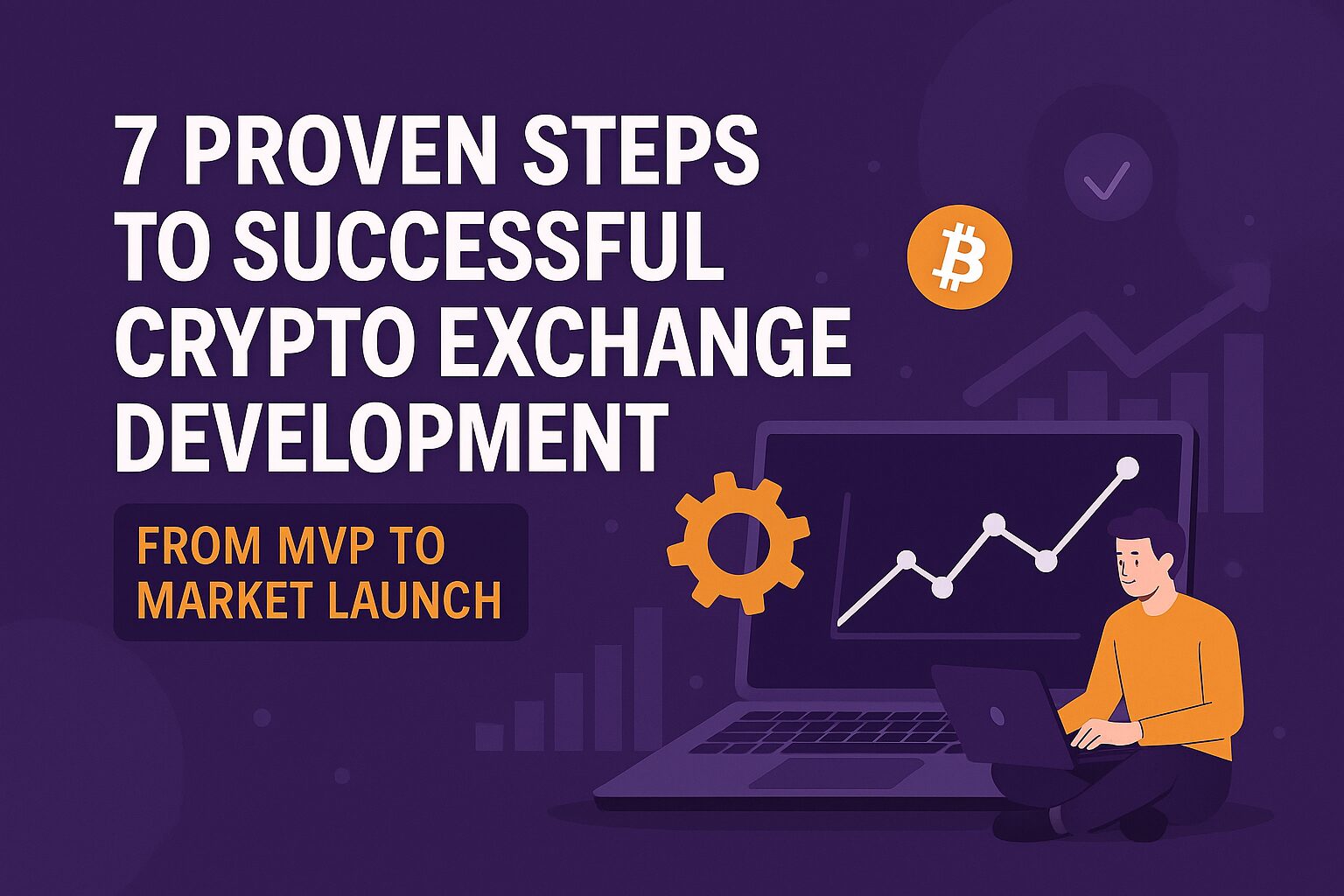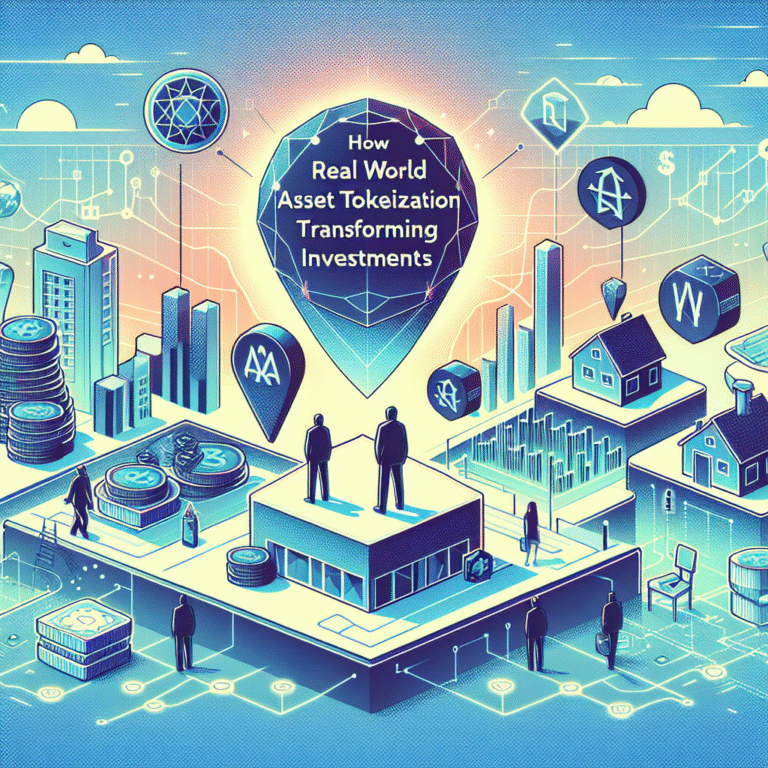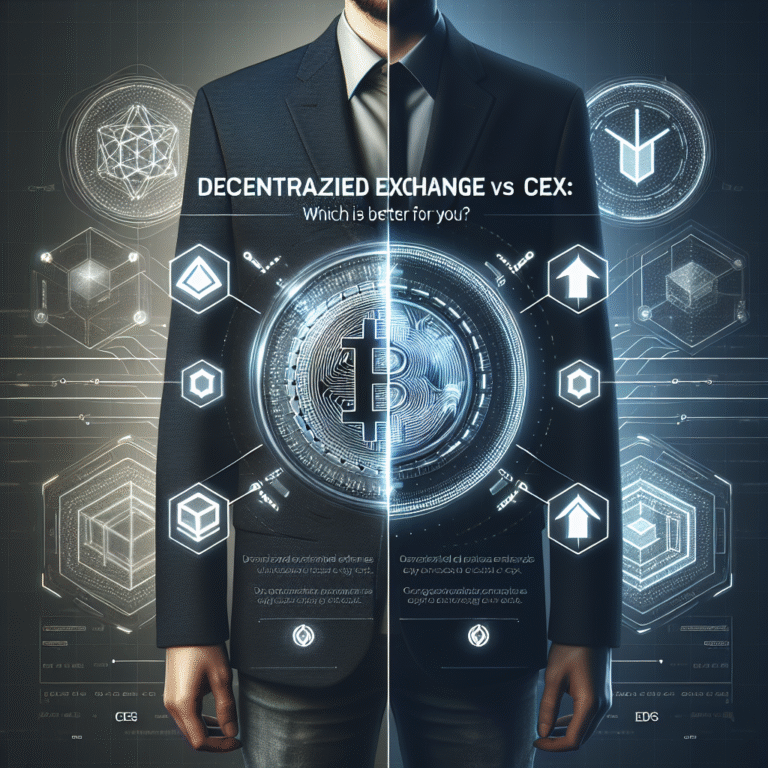
The cryptocurrency market shows remarkable growth, with projections indicating 107 million users by 2025 and a user penetration rate of 7.35%. Trading volumes have multiplied 100X in the last three years. This rapid expansion creates an excellent chance for businesses to partner with a crypto exchange development company.
Cryptocurrency expansion beyond traditional Web3 markets has created new possibilities. Businesses just need advanced cryptocurrency exchange development solutions. They search for secure, adaptable, and user-friendly crypto exchange software development platforms to succeed in this thriving market. The global cryptocurrency market cap stands at $2.28 trillion. The time to build a crypto exchange platform couldn’t be better. This piece guides you through everything from planning your MVP to launching your cryptocurrency exchange successfully in today’s competitive digital world.
Understanding the Crypto Exchange Landscape
Understanding the Crypto Exchange Landscape
What is a cryptocurrency exchange?
A cryptocurrency exchange is the foundation of the digital asset economy. It works as a platform where users can buy, sell, and trade cryptocurrencies or digital currencies for other assets. These assets include conventional fiat money or other digital currencies. The exchanges can work as market makers who take bid-ask spreads as transaction commissions. Some simply charge fees as matching platforms.
You’ll find cryptocurrency exchanges in different forms. Each offers unique services based on what investors need. Some brokerages let you only purchase cryptocurrencies without withdrawals. Other dedicated cryptocurrency exchanges allow users to move their digital assets to personal cryptocurrency wallets. These platforms run as physical brick-and-mortar businesses or online ventures.
How centralized and decentralized exchanges differ
The cryptocurrency exchange ecosystem splits into two main models: centralized and decentralized exchanges. Each comes with its own benefits and limitations.
Centralized Exchanges (CEXs) run under one company’s control. This company acts as a middleman between buyers and sellers. Users must deposit funds and make transactions within their ecosystem. Binance, Coinbase, and Kraken are some popular centralized exchanges. CEXs typically offer:
- A user-friendly design perfect for beginners
- Support for fiat currency transactions
- Higher liquidity and trading volumes
- KYC/AML verification requirements
- Custodial control of users’ private keys
Decentralized Exchanges (DEXs) work without any central authority. They run directly on blockchain networks through smart contracts. Uniswap, PancakeSwap, and dYdX are good examples. DEXs stand out with these features:
- Direct peer-to-peer trading without middlemen
- Users keep their private keys and control assets
- No KYC requirements for better privacy
- Only crypto-to-crypto transactions in most cases
- Lower fees but usually less liquidity
New hybrid exchanges blend the best of both worlds. They match orders centrally while storing assets in a decentralized way.
Why crypto exchanges are gaining popularity
The cryptocurrency exchange market keeps growing fast. The global platform market was worth USD 30.18 billion in 2021. Experts predict it will reach USD 264.32 billion by 2030, growing at 27.8% CAGR. Several key factors drive this growth.
Digital assets like cryptocurrencies and NFTs have become more popular. This has led to a big increase in the need for exchange platforms. People in developed countries like the U.S. and Canada adopt digital currencies more often because they’re flexible and easy to use.
Blockchain technology offers quick, secure, decentralized, transparent, and reliable transactions. Companies invest and work together to deliver quality services. The benefits of blockchain and cryptocurrencies outweigh the risks of potential illegal activities.
The COVID-19 pandemic sped up adoption rates significantly. Many people turned to cryptocurrencies to improve their Return-on-Investment (ROI) when traditional markets struggled. Central banks worldwide now support digital currencies more. Countries with economic challenges like Iran, Venezuela, and El Salvador use cryptocurrencies instead of fiat currencies. This creates more demand for innovative and secure crypto exchange development solutions.
Planning Your MVP: Key Decisions Before Development
Planning Your MVP: Key Decisions Before Development
Let’s take a closer look at crypto exchange development. Smart strategic decisions early on can save you time and money down the road. Your MVP sets the foundations for future growth, so you need to think over several vital areas.
Choosing your target market and region
Your first task is to pick where you’ll operate. This choice will affect your user acquisition strategy and regulatory requirements.
Each region has its own crypto adoption rates and regulatory landscape. To cite an instance, in 2024, some major centralized exchanges operate in more than 100 countries worldwide with over 40 million active users. When picking your target market, think about:
- The region’s user demographics and crypto literacy
- Current competition and market saturation
- Banking relationships and payment systems
- How people view digital assets culturally
Start with one specific region instead of launching globally. This focused strategy helps you allocate resources better and market more effectively.
Selecting the exchange type: CEX, DEX, P2P, or hybrid
The exchange model you pick shapes your user experience, security, and how well you can scale. Here’s what each model offers:
Centralized Exchanges (CEX): You retain control, meet regulations, create various revenue streams, and offer an accessible interface. CEXs excel at liquidity and ease of use, making them perfect for mainstream users. But they need strong infrastructure and teams dedicated to following regulations.
Decentralized Exchanges (DEX): These focus on user freedom and blockchain security. Users keep full control of their assets while using DeFi services like liquidity provisioning. By mid-2024, these platforms will handle approximately 15% of the total crypto trading market.
Peer-to-Peer (P2P): These work like marketplaces where users trade directly. The platforms use escrow systems to prevent fraud. P2P exchanges might be the only choice in regions with high censorship.
Hybrid Exchanges: These blend CEX usability with DEX benefits. This approach optimizes liquidity, compliance, and user experience by taking the best from both worlds.
Your choice should match your needs for control, security, regulation, revenue potential, and user experience.
Legal compliance and crypto trading licenses
The right licenses are vital for lasting success. Running without them puts you at risk of legal action, reputation damage, and losing banking access.
U.S. crypto exchanges must register as Money Services Businesses with FinCEN and usually need state-level Money Transmitter Licenses. New York has its own BitLicense with strict compliance rules.
The EU is rolling out the Markets in Crypto-Assets regulation to create standard requirements across member states. Singapore offers clear rules under the Payment Services Act, making it one of the most welcoming jurisdictions.
Essential compliance requirements include:
- KYC/AML procedures – Checking user identities and watching transactions
- Anti-fraud mechanisms – Setting up security against cyber attacks
- Financial reserves – Keeping enough capital (e.g., $250,000 in California, up to $500,000 in New York)
- Reporting systems – Sending suspicious activity reports to authorities
Before starting development, prepare detailed documentation with business plans, compliance policies, and financial projections. Good preparation speeds up your application and helps avoid expensive changes later.
Core Features to Include in Your Crypto Exchange MVP
A successful crypto exchange needs carefully selected features for your MVP. Let’s look at the key components that are the foundations of a resilient cryptocurrency trading platform.
User onboarding and KYC/AML verification
First impressions count in today’s competitive digital world. Your onboarding process should offer simple sign-up through email or mobile number and provide a user-friendly dashboard after login. You need to implement complete KYC/AML verification as it’s non-negotiable. Users must provide identity information like name, birthdate, address, and government-issued identification documents. This verification helps prevent fraud, money laundering, and terrorist financing. Modern platforms now check ID documents against users’ faces through real-time selfie videos.
Trading engine and order matching system
The trading engine works as the heart of your exchange. It executes transactions, calculates balances, and accesses order books. A dependable matching engine aids price discovery by keeping order books and matching buy and sell orders based on price and quantity. Your MVP should handle simple market and limit order types with 2-3 active trading pairs like BTC/USDT or ETH/BTC. Most exchanges use the Price-Time Priority (FIFO) algorithm, where orders at the same price level execute in the sequence received.
Wallet integration: hot and cold wallets
A secure wallet infrastructure makes crypto exchange operations possible. Hot wallets stay connected to the internet for daily transactions, while cold wallets keep private keys offline for better security. The best protection comes from a split allocation strategy:
- 98% of assets in cold storage for long-term holdings
- 2% in hot wallets for daily transactions and withdrawals
You can adjust this balance based on transaction volume to protect against remote attacks while keeping operations running smoothly.
Admin dashboard and revenue management
A complete admin dashboard shows that your platform is ready for operation. The core components should include tools that manage user accounts, review KYC verifications, monitor deposits/withdrawals, and access platform logs for audits. The dashboard needs to show transaction details with user ID, email, timestamp, and transaction ID. On top of that, it should let administrators add new cryptocurrencies, manage listings, and adjust fee structures.
Security features: 2FA, encryption, DDoS protection
Security measures matter significantly, even in MVP form. You should use two-factor authentication for logins, encrypted password storage, secure session handling, and activity logging to track user actions. The platform needs protection against distributed denial-of-service (DDoS) attacks through network monitoring and intrusion detection systems. You should keep 99.5% of assets in offline, multi-signature wallets for maximum protection. These security investments will end up protecting users’ sensitive data and building your business’s reputation.
Development Process: From Architecture to Deployment
Your crypto exchange vision becomes reality during the development phase. You’ll need to make a crucial decision that shapes your project’s future path.
Choosing between white-label and custom development
White-label solutions help you enter the market in weeks instead of months and save money on original development costs. These ready-made platforms include basic features, so you can focus on branding and small customizations. Custom development gives you total control of the exchange’s design, functionality, and security measures. Custom-built exchanges let you add unique features that match your business needs, though they cost more and take longer to build.
Frontend and backend tech stack options
React.js, Vue.js, and Angular are popular choices for frontend development. React.js breaks interfaces into smaller components and renders changes quickly, while Vue.js creates websites that load fast – a must-have for trading platforms. The backend engine typically runs on Java, Node.js, or the MEAN stack. Node.js excels at handling multiple tasks without slowing down, which makes it perfect for processing lots of transactions.
API integrations: payment gateways, liquidity providers
Liquidity APIs help you tap into bigger liquidity pools, which leads to smaller bid-ask spreads and better order execution. These integrations need strong security measures like two-factor authentication and encryption protocols.
Detailed testing of trading scenarios helps spot problems before launch. CoinMarketCap’s market data APIs provide crypto pricing, historical data, and market pair details.
Testing and QA before launch
Quality assurance ensures your platform works perfectly. Tests should check functionality, security, performance, and system integrations. Successful projects use TestRail to design test suites and JIRA to track defects. Netsparker web scanner runs deep security checks on Chrome, Safari, and Firefox browsers across different operating systems.
Launching and Scaling Your Crypto Exchange
The biggest challenge comes after developing your exchange – launching it right and making it grow. Your platform needs a solid launch strategy and continuous management to thrive.
Marketing strategies for user acquisition
Successful exchanges run targeted ads on crypto-native platforms where communities naturally gather – Twitter, Reddit, Telegram, and Discord. Recent data shows educational content marketing boosts organic traffic by 40% in six months. Referral programs stimulate growth, and some exchanges report that referrals bring in over 10% of new users. Yes, it is proven that loyalty programs with tiered trading fee discounts based on trading volumes boost engagement. VIP users generate more than 35% of total trading volume.
Liquidity management and market making
Liquidity is the life-blood of any successful exchange. Traders face wider spreads, increased slippage, and lose market confidence without it. Professional market makers should partner with exchanges to place continuous buy and sell orders. This provides steady liquidity on both sides of the order book. The best results come from a 98% cold storage and 2% hot wallet allocation strategy. Trading fee discounts can attract high-frequency traders who boost platform liquidity.
Post-launch support and feature upgrades
User trust depends on excellent post-launch support. Your platform needs 24/7 customer service through email, live chat, and community forums. Live monitoring tools help spot and fix issues quickly, often before users notice them.
Gathering user feedback for future iterations
A complete feedback loop turns user insights into better features. Teams can collect customer feedback through surveys, interviews, focus groups, and social media. These insights help spot pain points, track emerging trends, and prioritize features based on what users really need.
Conclusion
Success in building a cryptocurrency exchange depends on careful planning, strong development, and smart market placement. This piece explores the key components needed to build a thriving exchange platform in today’s competitive market.
The cryptocurrency market keeps growing at an amazing pace. This creates plenty of opportunities for new businesses. Notwithstanding that, your success relies on making smart decisions about target markets, exchange type, and regulatory compliance before development starts. Your MVP needs core features like secure wallet integration, quick trading engines, and detailed security measures to build a solid foundation.
Your choice between white-label and custom solutions will affect your time-to-market and long-term flexibility by a lot. Marketing strategies and liquidity management become crucial for steady growth after launch. to ask about your specific needs and learn how we can guide you through crypto exchange development complexities.
User feedback drives continuous improvement. You need systems to collect and apply user insights to keep your platform relevant. The crypto exchange world changes faster than ever. Your platform needs to stay flexible and security-focused to succeed in this ever-changing market.
Key Takeaways
Building a successful crypto exchange requires strategic planning, robust security, and continuous adaptation to market demands. Here are the essential insights for navigating from MVP to market launch:
• Strategic Planning First: Choose your target market, exchange type (CEX/DEX/P2P/Hybrid), and secure proper licensing before development to avoid costly pivots later.
• Security is Non-Negotiable: Implement 2FA, encryption, cold storage (98% of assets), and comprehensive KYC/AML verification to protect users and maintain regulatory compliance.
• Liquidity Drives Success: Partner with market makers and implement incentive programs to ensure tight spreads and smooth trading experiences that attract and retain users.
• MVP Focus on Core Features: Start with essential components like trading engine, wallet integration, user onboarding, and admin dashboard rather than overwhelming users with complex features.
• Post-Launch Excellence: Establish 24/7 support, real-time monitoring, and systematic user feedback collection to continuously improve platform performance and user satisfaction.
The cryptocurrency exchange market is projected to reach $264.32 billion by 2030, making this an opportune time to enter the space. However, success depends on balancing rapid market entry with robust security measures and regulatory compliance from day one.
FAQs
Q1. Is it possible for an individual to create their own cryptocurrency exchange? Yes, it’s possible to create your own cryptocurrency exchange, but it requires careful planning, extensive research, and robust execution. The process involves choosing your target market, selecting the exchange type, obtaining necessary licenses, implementing core features, and ensuring strong security measures. While challenging, following a comprehensive guide can help you navigate the complexities of exchange development.
Q2. What are the key steps to building a successful crypto exchange? Building a successful crypto exchange involves several crucial steps: 1) Choosing your target countries and audience, 2) Adhering to legal requirements and obtaining necessary licenses, 3) Selecting essential features for your exchange, 4) Finding a reliable development partner, 5) Designing a user-friendly platform, 6) Implementing robust security measures, and 7) Providing excellent customer support.
Q3. How should one approach the development of a cryptocurrency exchange? Developing a cryptocurrency exchange requires a strategic approach. Start with thorough market research and define your target audience. Choose the type of exchange you want to create (centralized, decentralized, or hybrid). Design a robust architecture and focus on developing secure, efficient software. Prioritize security measures throughout the development process, and plan for ongoing customer support post-launch.
Q4. What are the essential features to include in a crypto exchange MVP? A crypto exchange MVP should include core features such as user onboarding with KYC/AML verification, a reliable trading engine and order matching system, secure wallet integration (both hot and cold wallets), an admin dashboard for platform management, and robust security features like two-factor authentication and encryption. These elements form the foundation for a functional and secure trading platform.
Q5. How can a newly launched crypto exchange attract and retain users? To attract and retain users, a new crypto exchange should implement targeted marketing strategies on crypto-focused platforms like Twitter, Reddit, and Telegram. Offer educational content to increase organic traffic. Implement referral programs and loyalty rewards to encourage user acquisition and retention. Ensure high liquidity through partnerships with market makers, and continuously gather and act on user feedback to improve the platform. Providing reliable customer support is also crucial for building trust and retaining users.



